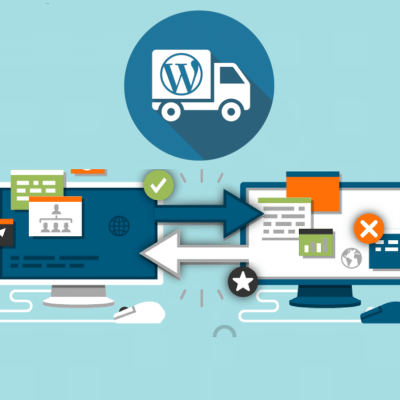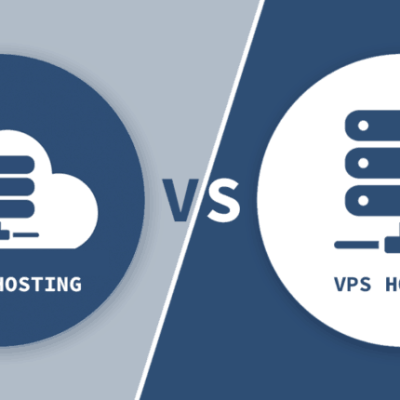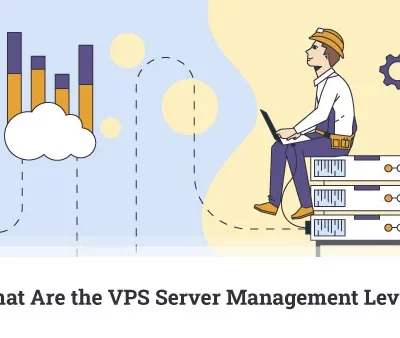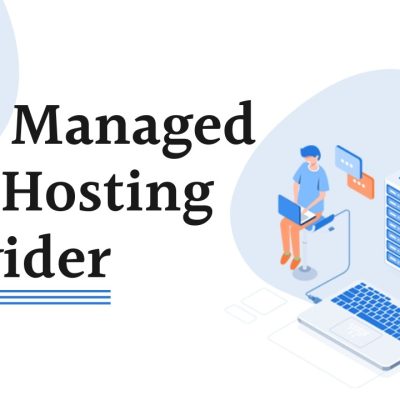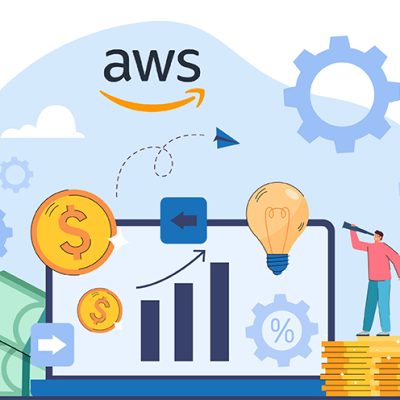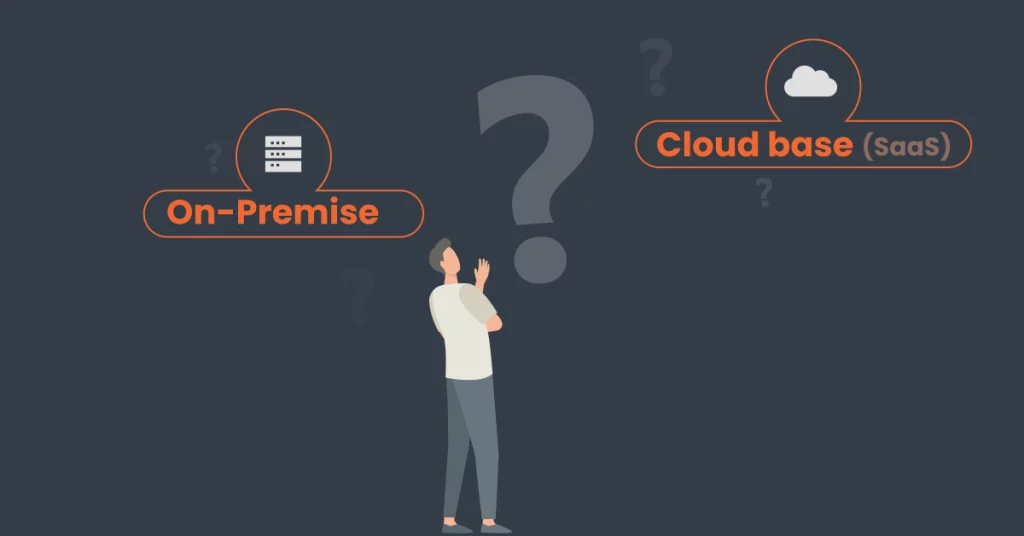
In today’s digital age, businesses rely on servers to store data, run applications, and power websites. But within this realm, two options emerge: traditional servers and cloud servers. While both can fulfill your digital needs, understanding their key differences is crucial for selecting the right tool for your arsenal. So, buckle up as we embark on a journey through the digital landscape, illuminating the intricacies of servers and cloud servers.
Traditional Servers: Your On-Premises Guardians
Think of a traditional server as a dedicated hardware unit residing within your physical space. It acts as the brain of your network, storing data, running applications, and facilitating communication between devices. These behemoths offer undeniable advantages:
- Complete Control: You own the hardware, granting absolute control over security, customization, and resource allocation.
- High Performance: Dedicated hardware often delivers superior performance, ideal for intensive applications or large data volumes.
- Data Privacy: Data physically resides within your premises, providing enhanced privacy and control over sensitive information.
However, these advantages come with their own set of challenges:
- High Costs: Purchasing, maintaining, and powering servers incur significant upfront and ongoing expenses.
- Scalability Limitations: Expanding storage and processing power requires additional hardware purchases, leading to logistical and financial constraints.
- Technical Expertise: Managing and maintaining servers requires specialized technical knowledge, often necessitating dedicated IT personnel.
Cloud Servers: Elastic Warriors in the Digital Sky
Cloud servers, on the other hand, operate in the ethereal realm of the cloud, residing within data centers managed by service providers like Amazon Web Services (AWS) or Google Cloud Platform (GCP). These virtual warriors offer a compelling alternative:
- On-Demand Scalability: Easily scale your resources up or down based on your needs, paying only for what you use. No more over-provisioning or under-utilizing expensive hardware.
- Cost Efficiency: Avoid large upfront investments and enjoy flexible pay-as-you-go billing, reducing financial burdens.
- Global Reach: Access your data and applications from anywhere with an internet connection, enhancing flexibility and collaboration.
- Simplified Management: Leave the server maintenance and technical complexities to the cloud provider, freeing up your resources.
However, the cloud isn’t a utopia for everyone, and some potential drawbacks exist:
- Security Concerns: Your data resides in the hands of a third-party provider, raising concerns about potential security breaches or data privacy violations.
- Reliability Dependence: Your operations rely on the cloud provider’s infrastructure and network uptime, making you vulnerable to outages or service disruptions.
- Limited Control: Customization options may be restricted compared to traditional servers, impacting specific software or hardware requirements.
Choosing the Champion: Matching Your Needs to the Right Option
So, which warrior prevails in your digital battleground? The answer lies in a nuanced understanding of your unique needs and priorities. Consider these factors:
- Budget: If budget is a major concern, cloud servers offer cost-efficiency and avoid large upfront investments.
- Scalability: If your resource needs fluctuate often, the on-demand scalability of cloud servers is a clear advantage.
- Technical Expertise: If you lack dedicated IT personnel, the managed services of cloud providers can be invaluable.
- Data Privacy: If data sensitivity is paramount, the on-premises control of traditional servers might be preferable.
- Performance Requirements: For demanding applications or large data volumes, the raw power of traditional servers may be necessary.
Hybrid Warriors: Blending the Best of Both Worlds
Don’t get caught in a binary battle. Some businesses embrace a hybrid approach, utilizing both traditional and cloud servers to maximize their strengths. This could involve:
- Running mission-critical applications on secure, on-premises servers while using cloud servers for web hosting or non-critical workloads.
- Employing cloud servers for disaster recovery, creating a readily available backup in case of on-premises server issues.
The Takeaway: Navigate the Digital Terrain with Clarity
Remember, servers are tools, and choosing the right one is instrumental in achieving your digital goals. By understanding the strengths and weaknesses of both traditional and cloud servers, and aligning them with your specific needs and resources, you can confidently navigate the digital terrain, ensuring your data, applications, and operations thrive in the ever-evolving landscape of technology.
So, whether you choose the dedicated fortress of a traditional server or the agile adaptability of a cloud warrior, equip yourself with the knowledge to wield them effectively, and witness your digital aspirations soar.

